Sorry it’s been a while since we’ve posted but we’ve been heard at work finding a location for Common Ground and we had hoped to have some exciting news to share in our next post. You see, we had found a property that was actually perfect for this project. It was a place that we could walk into and in less than one month, have several events and activities up and running. The price was almost twice what we had planned on paying but the place checked every box and more. It had been on the market for many, many years with no interest whatsoever so we felt confident that we would have the time to raise sufficient funds to secure financing. This lovely piece of land is now under contract!
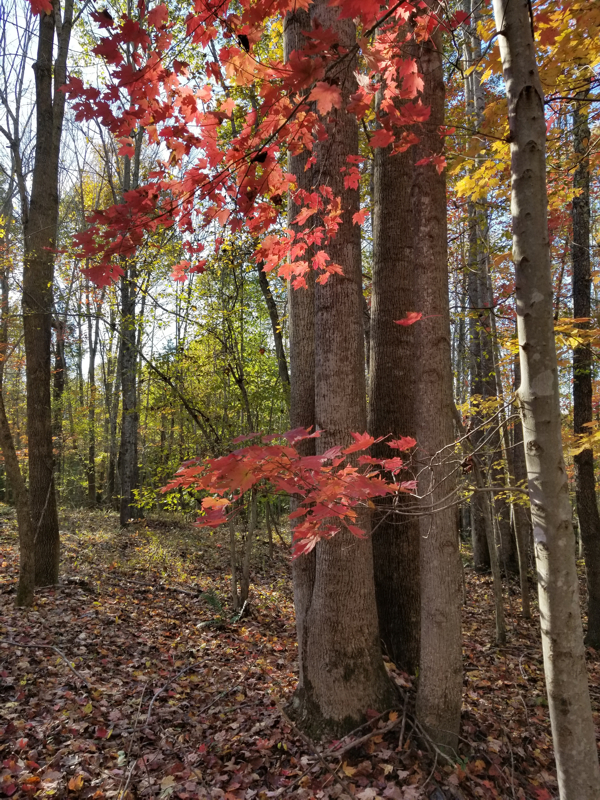
But not to us.
So the search continues. This hunt has been ongoing since May of 2015 and encompassed multiple counties in North Central Virginia. You’re probably saying, “So what’s the problem? Just go get something else.” Believe me, that’s what we thought in the beginning of this process but we’re talking about a LOT of money and much more than a pound of flesh to bring Common Ground to reality. As my grandmother always said, “Nothing worth having comes easy. You have to want it and you have to work for it. Then you’ll really value it.”
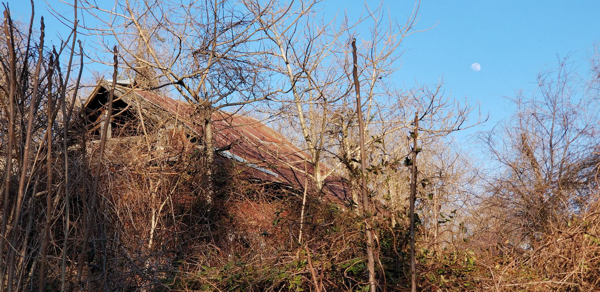
A lot goes into a site search, starting with finding a potential property. With the expert assistance of our Keller Williams agent, Svetlana Moran with fellow KW agent Doug Jennings we review suitable properties as they come onto the market. The first thing we need to know is the acreage: we need around 250-300 to set up the park as envisioned. More is nice for a greater sight and sound buffer. Second is the price. We check out the property via the county GIS on line, look at the access from every direction, the number and location of neighbors who might be affected by the activities at the park. Our geologist looks at the topography, water features from ponds to swamps and satellite photos of the property over the past ten years to see how the land has changed over time. We check out the zoning classification, look into any watershed regulations that might apply and check for utility easements, prior archaeological surveys and past owners going back as far as we can.

If it passes muster, we move on to step 2: the site visit. This is usually real estate folks, Carson Sams and Cornelia for the initial look-see. We walk as much of the land as possible, GIS map printout in hand, GPS on the phones and heavy boots on the feet. Carson knows his way around land, can evaluate for repair any structures on the site and scares off any snakes that may be in our path. (Cornelia famously does not do snakes). We check out the general lay of the land, the makeup of any forested area and quality of cleared land for use as parking and event space and any water features, topographic question marks we might have noted on the GIS. We take a good look at any structures on the property and look for wells or septic that may be associated. We also keep any eye open for any indications of prior homesteads and cemeteries. Many of these old properties were occupied 100-200+ years ago and we’ve found family plots, overgrown and forgotten, begging for someone to remember them. Patches of periwinkle, straight rows of daffodils or mounds of old bricks out in the middle of an old forest are the markers we’re after. Sometimes we have multiple visits to a property and bring other members of the PEA team so they can add their input based on the plans for their areas of the project. We try to check out promising land after a long very dry spell and when we’ve had days of monsoon- level rain, looking for changes in the land that would have a negative impact on whatever part of Common Ground might locate there. We want to make sure there won’t be any surprises down the road when it’s too late to extricate ourselves from a contract.
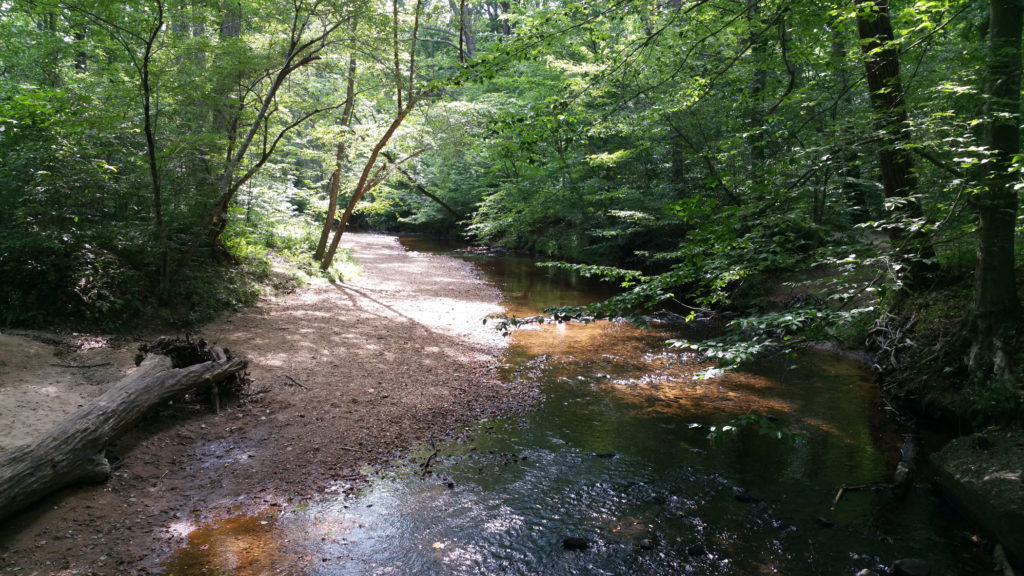
Step 3 is two directions at once. Part A is talking to the county economic development, zoning, planning and Supervisor for the district where the land is located. It’s important to know if our project is welcome in the county and on that parcel in particular. You might think that’s a no-brainer but we’ve learned that every county and district has its own vision. A large multiuse park may not be a part of that world view. For example, we found an incredible site that would be ready to use immediately. It had a gorgeous home perfect for weddings and other events, a lake, lots of cleared, parkable land, gorgeous woodlands and more than one entrance. The owners were enamored of our project and willing to consider a lease to own or to hold the mortgage for several years until we got off the ground. It was a match made in heaven, or so we thought. When we contacted the county, their response was crystal clear: “This is not something we are interested in for our county.” All further attempts to discuss the project with county representatives went unanswered. And that was that.
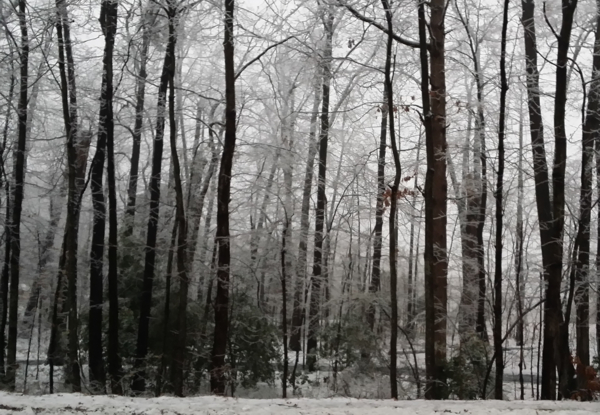
Part B is negotiating with the owner and funding/financing. We check into purchase options for the parcel. Herein lies the conundrum. We don’t have a million dollars in our war chest. In order to have a steady income stream, we need the ground on which to produce events, establish the riding/hiking trails and get the folk art school and faire village started. While we have a plan to hit the ground running (no pun intended) with income-generating programs while developing the big ticket generators like the faire village, we first need to have the ground AND we can’t get the ground without that income stream. The alternative is to make some sort of lease to own option, short or long term owner-held financing or long term (read: 30 yrs) lease deal on the property. There are a number of reasons why these options might be appealing to some sellers. As a 501(c)(3) non-profit, supporting the PEA can provide some tax benefit to a seller. There are things like naming rights, access agreements to the park and it’s events, a percent of the proceeds in addition to the negotiated lease amount that can be included in the contract. We’re creative people and have lots of ideas for working with anyone who has land and shares our vision.
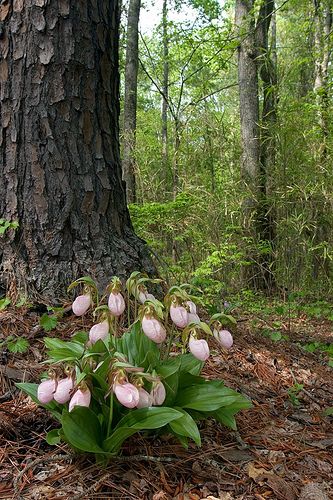
So where do we stand? Well, another very promising parcel has passed steps 1 and 2. It’s smaller than we had hoped for but is laid out in such a way as to function quite well. Over the next couple weeks we’ll be working on Parts A & B of Step 3 for this piece. If you’re reading this, you’ve already shown your interest in Common Ground Park. If you’d like to help us grab this site, the best way is to click on the Donate option on the website. On the other hand, if you’ve got a piece of land you’d like us to consider, feel free to contact our CEO, Cornelia Rutherford at MyPark@PhoenixEventAlliance.org. Remember, your generous support is tax deductible and every penny raised goes toward obtaining the land from which Common Ground will rise.
Listen to us LIVE on Town Talk with Ted Schubel this Tuesday, November 19 on AM 1230, WFVA or catch it later on line https://www.newstalk1230.net/town-talk/!

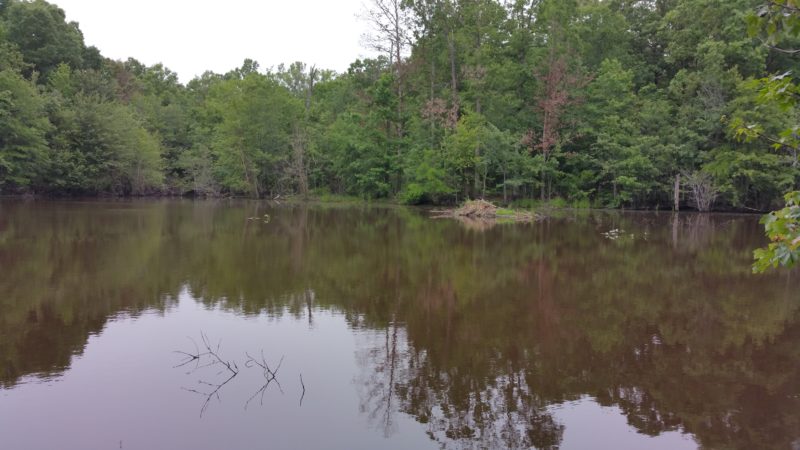
Leave A Comment